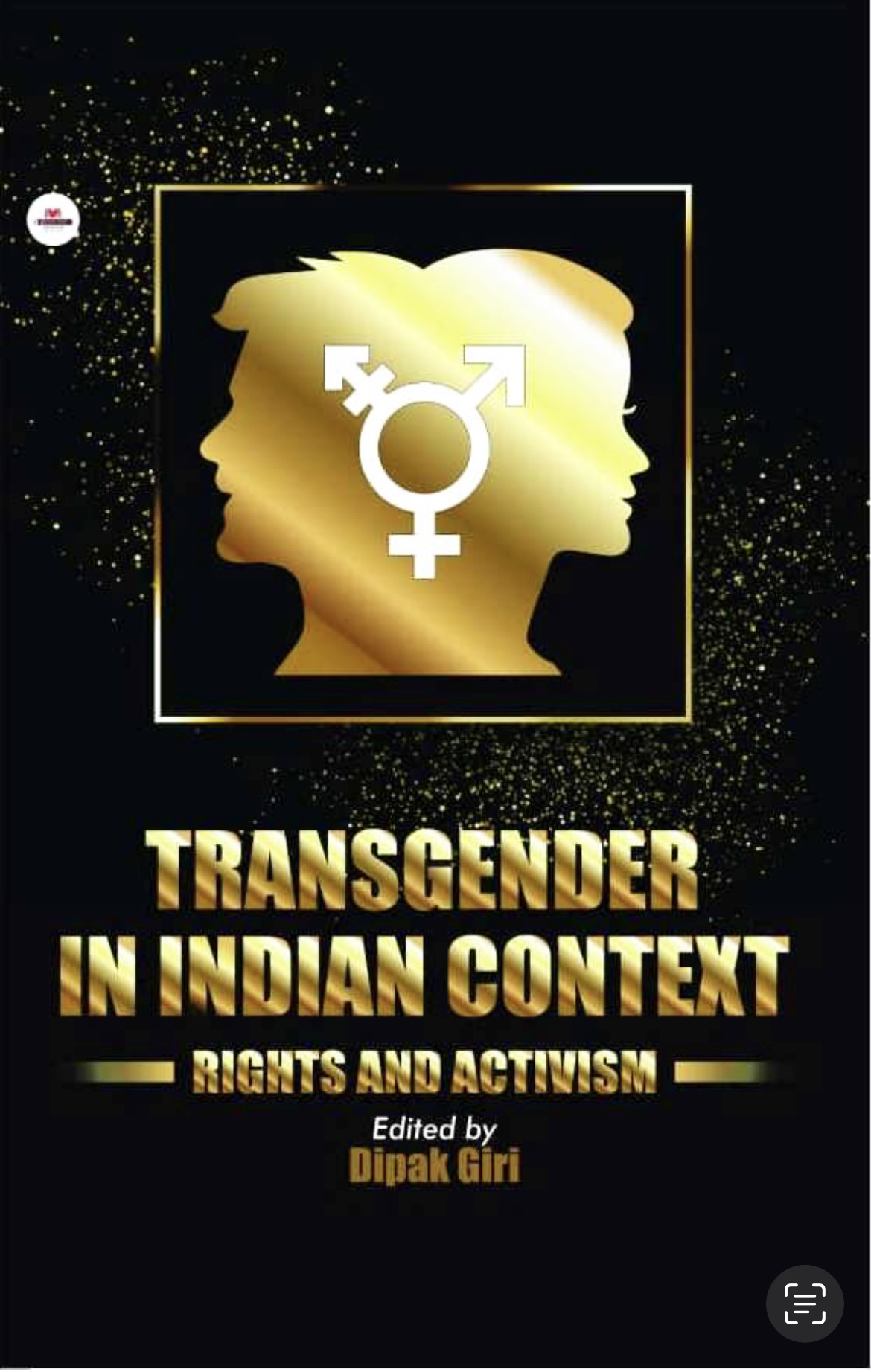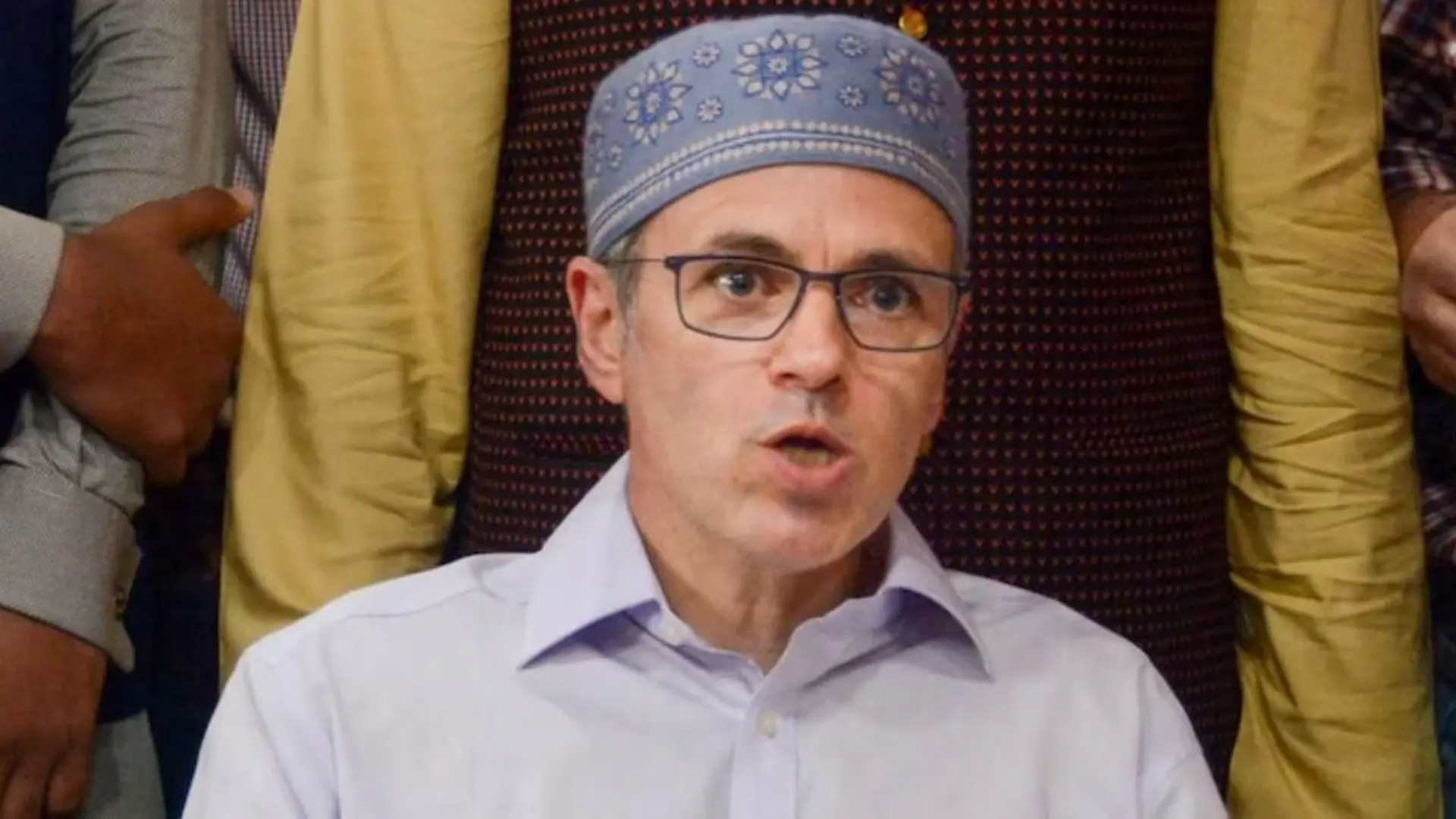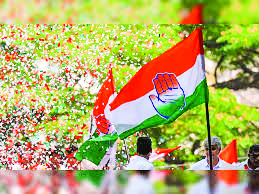
Dr. Dipak Giri is a prolific Indian writer. Book Transgender in Indian Context: Rights and Activism is an important addition to his series of books written on LGBTQ theme and Homosexuality in Indian Literature. The book with utmost sensitivity brings to the fore the multifaceted experiences, struggles and triumphs of the transgender community in India. Both as an editor and an author, Dr. Giri’s contribution to this book is immense.
Transgender in Indian Context: Rights and Activism is a compilation of twenty chapters written by authors, academics and scholars across India. As an editor, Dr. Giri has tried his best to make this book both informative and investigative, showing his passion for collaboration with other writers in order to present the best possible materials in this challenging new field.As an author, he has also contributed the last chapter to this book. In the ‘Introduction’, Dr. Giri gives us a comprehensive idea on the origin and the meaning of the word transgender and its various connotations in Indian context. He explains how transgender once privileged class of community became underprivileged as soon as the colonisation started and soon lost their self and became other.
However, in the introduction, Dr. Giri does not deny the fact that the last decade has witnessed some significant changes. In this context, he mentions the historical judgment given by the Supreme Court of India on 25 April, 2014 that includedtransgender into ‘Third Gender’ in order to restore their dignity and respect in society and ‘The Rights of Transgender Persons Bill, 2014’ proposed by the Parliament of India which was finally passed on 26 February, 2016, a Bill for the formulation and implementation of a comprehensive national policy for ensuring overall development of the transgender persons and for their welfare in order to give them legal freedom and support.
In the ‘Introduction’, the hard reality is also accepted and it is what seems good on paper is handicap in practice. Though the last decade has seen so many changes it has hardly brought any significant changes in the life of transgender. They are still far from social acceptance due to transphobia which has been coming down through the ages and which has widespread its root in Indian society. As long as transphobia survives, freedom is a myth in transgender’s life.
The book presents a rich tapestry of personal narratives, literary representations and socio-cultural challenges. A Study on personal narratives in the form of transgender autobiographies by contributing authors adds the note of realism to this book. They are A. Revathi’s Truth about Me: A HijiraLife Story, Laxmi Narayan Tripathi’s Me Hijra, Me Laxmi and Red Lipstick: The Men in My Life, Manobi Bandyopadhyay’s A Gift of Goddess Lakshmi and Living Smile Vidya’s I am Vidya: A Transgender’s Journey. Among contributing authors, Dr. Anupriya Roy Srivastava and R. Murugesan discuss Revathi’sprotest against her disrespect, maltreatment, abhorrence, hostility and aggression; Priyabrata Dey Sarkar and AninditaDatta present a transformative journey of Laxmi NarayanTripathi; Samar Sutradhar presents how ManobiBandyopadhyay, India’s first transgender principal, with her invincible will power and intense desire establishes her true self as a woman and in the final chapter of this book, apart from an editor, Dr. Dipak Giri himself as an author contributes a chapter on Living Smile Vidya’s autobiographical narrative I am Vidya: A Transgender’s Journey. Here he has tried to dismantle the gender binary of which transgender people are made victim.
Apart from transgender autobiographies, the book also presents how transgender people are represented in mainstream literature. They are Devdutt Pattanaik’s novel The Pregnant King, Kavita Sinha’s novel Pourush, Mahesh Dattani’s play Seven Steps Around the Fire and Arundhati Roy’s novel The Ministry of Utmost Happiness. Anila Chandran and Tania Baloria shed light on the conflict between Belief (Dharma) and Truth (the Ultimate) arisen out as regards the question of transgender identity in Devdutt Pattanaik’s novel The Pregnant King. Dr. Priyalekha N S brings under scrutiny the neglected position of women and transgender in present society in KavitaSinha’s Pourush. Dayal Chakrabortty, Saurabh Debnath, AchyutTilavat and Dr. Vishali Sharma explore how Dattani has given a strong voice to articulate the emotions and feelings of transgender in Seven Steps Around the Fire.
The book not only retrieves autobiographies, novels and drama but also represents the transgender through films and case studies. Lissy P.V, Minu Thomas and Jestymol V. Joseph present how a transsexual woman attempts to realize her true orientation in a Malayalam drama film Njan Marykutty. Anju Harikumar in the films Chitrangada and Ardhanari aims at to depict the psychological struggle within the transvestites. Srimoyee Poddar& Dr. Ramakanta Mohhalik focus on the international perspective for education and socio-economic promotion of transgender community in reference to India and other Asian countries. Junaid ul Shafi studies transgender laws and reforms through time to time amendments in India. Anee Bhattacharyya highlights the complexity and heterogeneity in the very composition of the term transgender in Indian context. RabindraSutradhar sheds light on the crucial position and role of transgender in ancient Indian Hindu myth, scriptures, tradition and culture.
The book Transgender in Indian Context: Rights and Activism is a great addition to LGBTQ study. The way the essays have been organized undoubtedly reveals Dr. Giri’s adeptness as an editor and also his deep insight into the subjectwhich together makes this book a worth reading.














